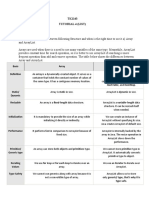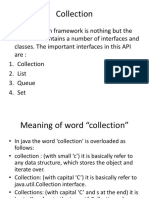0% found this document useful (0 votes)
21 views49 pagesCS REG - Unit 7 - Part ONE
Uploaded by
zhichen.zhengCopyright
© © All Rights Reserved
We take content rights seriously. If you suspect this is your content, claim it here.
Available Formats
Download as PDF, TXT or read online on Scribd
0% found this document useful (0 votes)
21 views49 pagesCS REG - Unit 7 - Part ONE
Uploaded by
zhichen.zhengCopyright
© © All Rights Reserved
We take content rights seriously. If you suspect this is your content, claim it here.
Available Formats
Download as PDF, TXT or read online on Scribd
/ 49
























































































